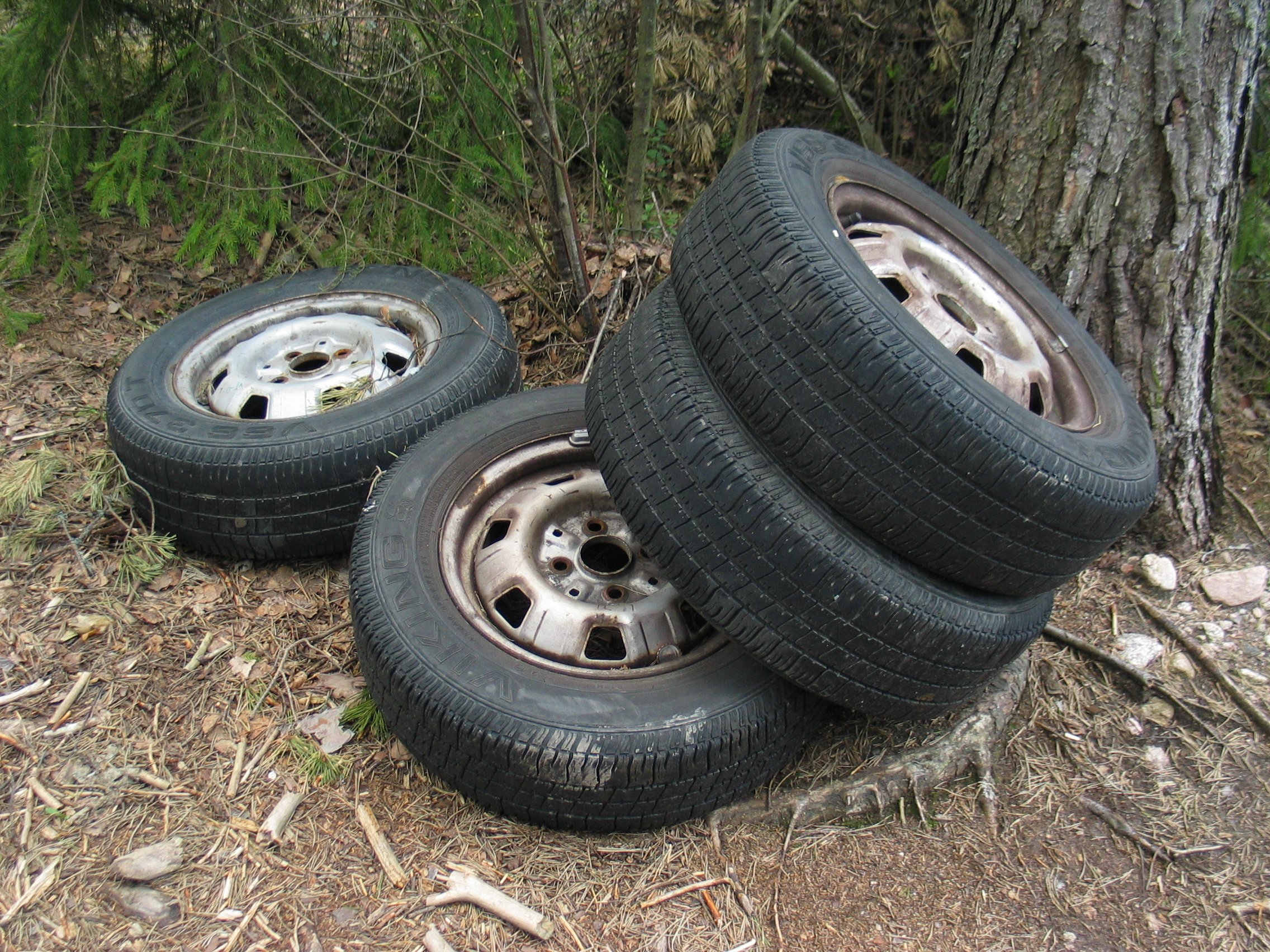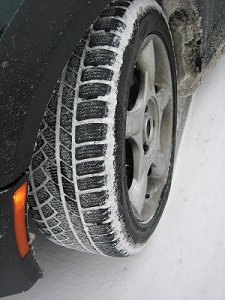Posted on 4/28/2016

Tires all look sort of the same…round and black…and people tend to think tires don’t change much over the years. That’s really not true, though – engineers and designers are constantly working on advances in tire designs for more miles, better fuel economy and better performance.Here’s a rundown of current trends in tire technology you may not have been aware of: Tall, skinny tires are coming back. If you’ve ever ridden a beach cruiser bike vs. a racing bike, you know that skinny tires have lower rolling resistance. Carmakers are going in that direction, too – the BMW i3 electric/plug-in hybrid uses Bridgestone Ecopia tires, with higher inflation pressure and a taller, skinnier profile. Tall, skinny tires also reduce the car’s frontal profile for lowered wind resistance and aerodynamic drag. It isn’t just the BMW i3, either…the Corvette Z51 is going with taller, skinnier tires. Static electricity can be a problem with ... read more
Posted on 2/25/2016

In a perfect world, all four tires would wear out at the same time. In the same perfect world, everyone would be able to afford a whole set of tires all at once. Unfortunately, things often just do not work out that way. Sometimes you may just have to replace tires as you can afford them, one or two at a time, but there are some important things to bear in mind if you have to do that. If you can only afford to replace one or two tires, it’s essential that you go with tires that are identical (or at least as close as possible) to the car’s remaining tires. That means that internal construction, size, tread pattern and design should be close to the same. Don’t mix winter tires with all-season tires, don’t mix run-flat tires with standard tires, for instance. But why? Tires are all designed for different handling properties and traction, and are intended to work together as a set. Mixing sizes, tread patterns and designs can mean a car that has unpred ... read more
Posted on 1/28/2016

Your tires are a pretty big investment. Even with the cheapest set of tires, you’re going to be spending upwards of $400 on the tires, mounting, balancing, disposal fees and taxes. Since you laid down that kind of money, doesn’t it just make sense to make sure you get the most miles possible out of them? Here’s some advice on long tire life:• Regularly check your tire pressure. This one is really, really important. Underinflated tires will wear unevenly and reduce your fuel economy due to increased rolling resistance. That increased rolling resistance also means more heat, which will break down the tires’ internal structure and shorten their lives. All it takes to shorten a tire’s service life by 25 percent is for it to be underinflated by 5-6 lbs. • Rotate your tires regularly. No vehicle has even weight distribution from front to rear. The engine puts more weight over the front wheels; in addition, the front tires will wear d ... read more
Posted on 12/31/2015

In a lot of parts of the country, the winters are tough enough that all-season tires just won’t get the job done. All-season tires are a compromise; they offer good year-round traction with a quiet ride, good handling and road manners. They tend to perform well in wet weather and light wintry conditions, but when the snow is more than a couple of inches deep, all-season tires are out of their league. That’s when it’s time to consider winter tires. Today’s winter tires are a long way from the heavy, noisy, clumsy “snow tires” or “mud grips” that your dad might have had on his station wagon 40 years ago. Modern winter tires are designed for noise, handling, steering response and road manners that rival grand touring tires, only with enhanced traction. They accomplish that with deeper, more aggressive tread grooves and a tread pattern that’s designed to eject snow and slush for a clean “bite” with every revolut ... read more